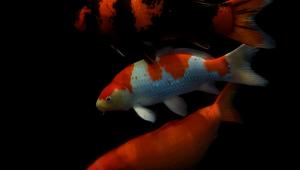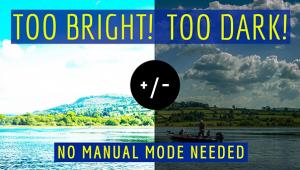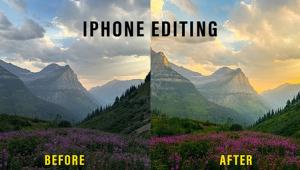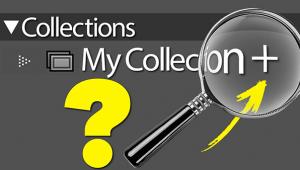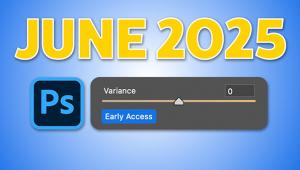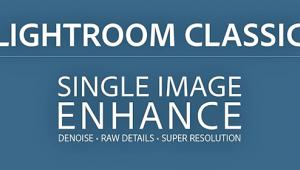Digital Help
Q&A For Digital Photography
| This department will attempt to provide solutions to problems readers may have getting into and using digital cameras, scanning, and using digital photographic images with a computer and different kinds of software. All questions sent to me will be answered with the most appropriate information I can access and provide. However, not all questions and answers will appear in this department. Readers can send questions to me addressed to Shutterbug magazine, through the Shutterbug website, directly via e-mail to: editorial@shutterbug.net or fotografx@mindspring.com or by US Mail to: PO Box 2830, Lompoc, CA 93438. Epson Stylus C82 A.
To answer your last question first, because the C82 inks are pigment
based they do not soak into the paper and diffuse as much as dye inks
applied to "plain" uncoated papers, so provide better print
performance. In fact Epson has optimized print performance for the C82
with plain and fiber-based matte-coated papers. More On The Epson
C82 A. The black ink only gray scale (black and white photo) printing on the newer Epson ink jets is far improved over older versions of the printers for two primary reasons: 1) these printers have a higher resolution at which they can print and 2) there are more and finer ink jet nozzles. The ink applied is done more finely and has a greater range of potential tones even though you might be using one ink color and set of jets. However do not expect the inexpensive C82 to produce prints with quite the same refinement of quality as the much more expensive Stylus Photo 2200--that would be unreasonable to assume or expect. Color Management
Support In Applications A.
I looked into PaintShop Pro's latest version. What they are calling
color management is simply enabling control via sRGB color space. This
is to be avoided like the plague, because sRGB reduces the color gamut
to the mean average of standard monitors, a color gamut that drops out
as much as 30 percent or more of the information in a scan from an Ektachrome
transparency. sRGB is intended only for web use, not for full photographic
image processing and reproduction.
|







